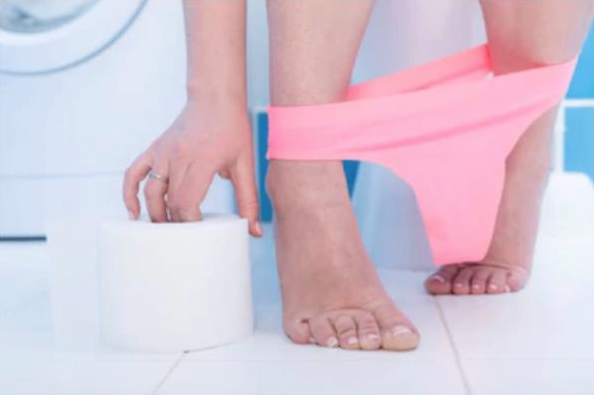Incontinence is a condition that affects many people in New Zealand, particularly as they age. It is the loss of bladder or bowel control, which can result in involuntary leakage of urine or stool. While incontinence can be a sensitive topic, it is important to understand that it is a common condition and that there are treatment options available. In this guide, we will provide an overview of incontinence, its causes, symptoms, and treatment options, as well as some tips for managing the condition.
Causes of Incontinence
Incontinence can be caused by a range of factors, including:
Weak pelvic floor muscles: The pelvic floor muscles support the bladder and bowel. If they become weak or damaged, they can result in incontinence.
Urinary tract infections (UTIs): UTIs can cause inflammation and irritation of the bladder, which can lead to incontinence.
Neurological conditions: Certain conditions that affect the nervous system, such as multiple sclerosis or Parkinson’s disease, can result in incontinence.
Enlarged prostate: In men, an enlarged prostate can put pressure on the bladder and result in incontinence.
Certain medications: Some medications, such as diuretics, can increase urine production and lead to incontinence.
Symptoms of Incontinence
The symptoms of incontinence can vary depending on the type and severity of the condition. Some common symptoms include:
- Involuntary leakage of urine or stool
- Frequent urination
- Urgency to urinate or defecate
- Difficulty starting or stopping the flow of urine or stool
- Bedwetting
Treatment Options for Incontinence
There are several treatment options available for incontinence, depending on the underlying cause. These may include:
Pelvic floor exercises: Strengthening the pelvic floor muscles through exercises such as Kegels can help improve bladder and bowel control.
Medications: Certain medications, such as anticholinergics or alpha-blockers, can help reduce the symptoms of incontinence.
Bladder training: This involves gradually increasing the time between trips to the bathroom to help train the bladder to hold more urine.
Surgery: In some cases, surgery may be necessary to repair or replace damaged tissue or organs. Incontinence products: Products such as adult diapers or pads can help manage the symptoms of incontinence and prevent embarrassment or discomfort.
Managing Incontinence
In addition to treatment options, there are several ways to manage incontinence and improve quality of life. These may include:
Maintaining a healthy weight: Excess weight can put added pressure on the bladder and contribute to incontinence.
Avoiding certain foods and drinks: Certain foods and drinks, such as caffeine, alcohol, and spicy foods, can irritate the bladder and worsen symptoms.
Establishing a regular bathroom routine: Setting a schedule for bathroom breaks can help train the bladder and reduce the frequency of leakage.
Keeping a bladder diary: Keeping track of bathroom habits, fluid intake, and leakage can help identify patterns and triggers for incontinence.

